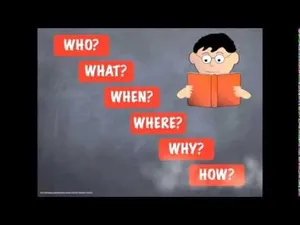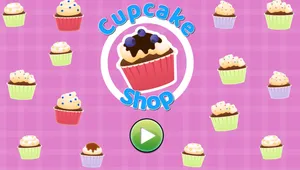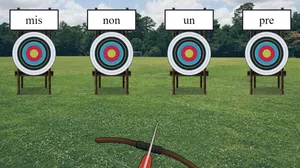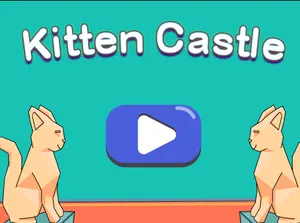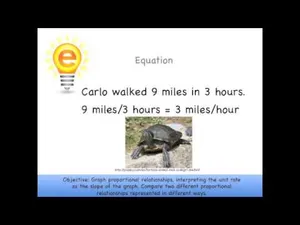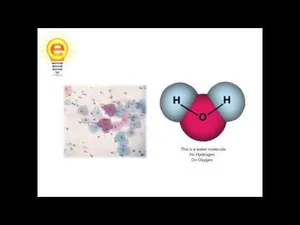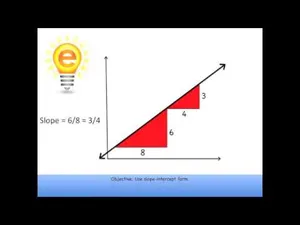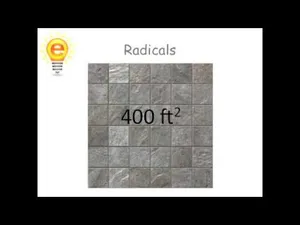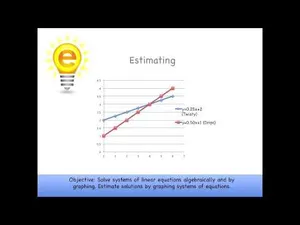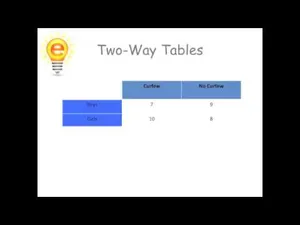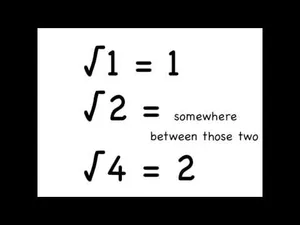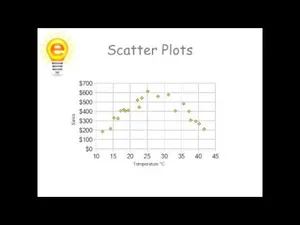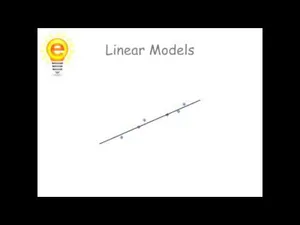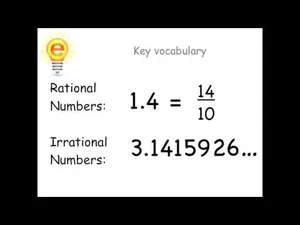Kitten Castle
Add and Subtract within 100
Proportional Graphs
Relationships and Slope
Integer Exponents
Integer Exponents
Scientific Notation
Scientific notation
Slope - Intercept
Slope Intercept Form, Triangles
Intro to Square and Cube Roots
Square and cube roots
Systems of Equations
Systems of linear equations
Perform Operations in Scientific Notation
Scientific Notation: Operations
Intro to Two-Way Tables
Two-Way Table
Approximate Irrational Numbers
Estimate Irrational Numbers
Construct And Interpret Scatter Plots
Construct, Explain Scatter Plots
Linear Models
Line of best fit
Intro to Prime and Composite Numbers
Prime and Composite Numbers
Multi-Solution Equations
Solutions to linear equations
Identify Irrational Numbers
Convert to Rational Numbers
Math Activities and Teaching Resources for 8th Grade
Eighth grade represents the end of an important chapter in every students’ educational journey. In math, these students are ready to tackle algebraic expressions, equations, and functions. They're solving for X like it's a treasure hunt, and mastering the art of graphing like they're Picasso with a pencil. From linear equations to quadratic formulas, these kids are learning to solve problems that are a little more complex than anything they’ve seen to date. With all these skills under their belts, they're well on their way to living their best prime number lives. Who knew math could be so fun?
Enjoy this sampling of instructional videos, games, and activities for your 8th grade classroom!
Some of the skills students will master in eSpark include:
The Number System
- Know that numbers that are not rational are called irrational. Understand informally that every number has a decimal expansion; for rational numbers show that the decimal expansion repeats eventually, and convert a decimal expansion which repeats eventually into a rational number.
- Use rational approximations of irrational numbers to compare the size of irrational numbers, locate them approximately on a number line diagram, and estimate the value of expressions (e.g., pi²).
Expressions and Equations
- Know and apply the properties of integer exponents to generate equivalent numerical expressions.
- Use square root and cube root symbols to represent solutions to equations of the form x² = p and x³ = p, where p is a positive rational number. Evaluate square roots of small perfect squares and cube roots of small perfect cubes. Know that the square root of 2 is irrational.
- Use numbers expressed in the form of a single digit times an integer power of 10 to estimate very large or very small quantities, and to express how many times as much one is than the other.
- Perform operations with numbers expressed in scientific notation, including problems where both decimal and scientific notation are used. Use scientific notation and choose units of appropriate size for measurements of very large or very small quantities (e.g., use millimeters per year for seafloor spreading). Interpret scientific notation that has been generated by technology.
- Graph proportional relationships, interpreting the unit rate as the slope of the graph. Compare two different proportional relationships represented in different ways.
- Use similar triangles to explain why the slope m is the same between any two distinct points on a non-vertical line in the coordinate plane; derive the equation y = mx for a line through the origin and the equation y = mx + b for a line intercepting the vertical axis at b.
- Solve linear equations in one variable.
- Analyze and solve pairs of simultaneous linear equations.
Statistics and Probability
- Construct and interpret scatter plots for bivariate measurement data to investigate patterns of association between two quantities. Describe patterns such as clustering, outliers, positive or negative association, linear association, and nonlinear association.
- Know that straight lines are widely used to model relationships between two quantitative variables. For scatter plots that suggest a linear association, informally fit a straight line, and informally assess the model fit by judging the closeness of the data points to the line.
- Understand that patterns of association can also be seen in bivariate categorical data by displaying frequencies and relative frequencies in a two-way table. Construct and interpret a two-way table summarizing data on two categorical variables collected from the same subjects. Use relative frequencies calculated for rows or columns to describe possible association between the two variables.
eSpark is truly unique in the world of online learning. Our holistic, student-centered approach blends the proven benefits of play-based learning with systematic, explicit, and direct instruction. It’s proof that learning can be fun, personalized, and effective, all at once!
eSpark meets the criteria for evidence-based interventions under ESSA guidelines, and has been proven in multiple studies to improve student performance in math and reading.
When you sign up for an eSpark account, your students experience these activities via adaptive, differentiated independent pathways and teacher-driven small group assignments. Teachers also have access to detailed usage and progress reports with valuable insights into standards mastery, student growth trends, and intervention opportunities.
With the addition of the game-changing Choice Texts for the 2023-2024 school year, eSpark has cemented its status as the most loved supplemental instruction option for students and teachers alike. Claim your free account today and see the difference for yourself!
